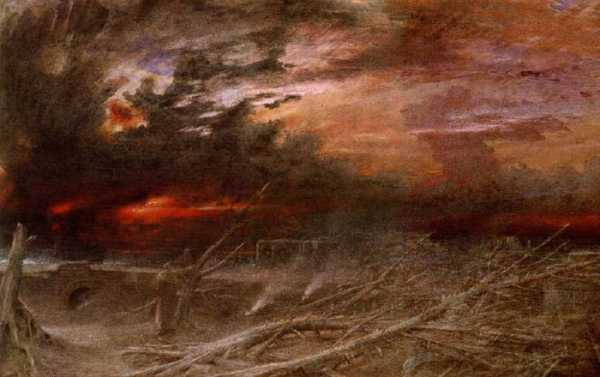
The Permian-Triassic extinction (commonly known as The Great Dying) that occurred approximately 252 million years ago is Earth’s most severe extinction. More than 90 percent of marine species and 70 percent of terrestrial vertebrates were wiped out during the event.
An international team of scientists from Canada, Russia, and the United States claim that coal combustion may have significantly driven the Great Dying. Scientists still don’t argue over what may have caused the event, with the main culprits being a massive volcanic eruption, meteor collision, and climate change brought about by a large release of methane from the sea floor. Researchers don’t exclude that the processes in question could have acted in tandem.
The new study, published on 12 June in the journal Geology, does not give a direct answer to what caused the mass extinction event, but rather provides another piece to the puzzle.
Researchers focused on the study of volcaniclastic rocks of the Siberian Traps, in Russia which scientists say were strongly implicated in the Great Dying. The traps formed during a massive eruptive event that continued for roughly two million years. Over the course of six years the team collected and analysed rocks, dating back to the eruption.
A closer examination revealed that fragments of burnt coal and burnt wood were embedded inside rock formations as well as pieces of charcoal. Scientists say that coal and organic-matter combustion along with forest fires, occurred in response to volcanism. Moreover, researchers note that these interactions were widespread “based on the presence of thermally altered and/or burnt coal and organics in volcaniclastic rocks spanning the southern and central Siberian Traps”.
Scientists say this evidence points to the volume and composition of organic matter (coal) interacting with magma during the eruption and may have significantly driven the Great Dying.
Sourse: sputniknews.com






